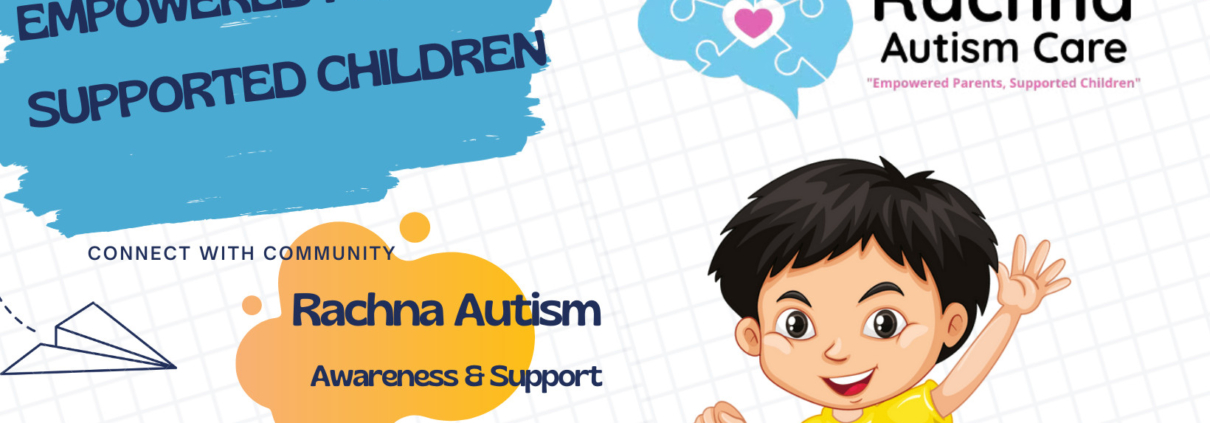Meltdowns in Autistic Adults: Causes, Signs, and Support Strategies
In most people’s minds, a meltdown usually brings to mind the image of a crying, screaming child lying on the floor. However, it should not be considered an event limited to children, especially not just tantrums. Meltdowns among autistic adults, real and very intense overwhelming experiences, are due to neurological differences and not immaturity or lack of self-control. Understanding their underlying nature and empathizing or having the ability to respond to their needs can make a world of difference to autistic individuals and the people who must learn to care for them.
What Are Meltdowns in Autistic Adults?
Meltdown is an extreme kind of reaction to environments with high-stress levels or otherwise overbearing sensory input. Autistic adults perceive incoming stimuli differently; their environments seem loud or bright or terribly socially demanding to them, usually relative to an environment within which non-autistic people live. A meltdown becomes imminent when the brain and body become unable to deal with all that stimulation.
There is no end; meltdowns are involuntary reactions, not attention-seeking behaviors, but the body’s way of releasing pent-up stresses under a condition in which it can no longer be regulated.
Common Causes of Meltdowns
There are many reasons why a person might have a meltdown, and the triggers are usually cumulative. Those are the common triggers:
Sensory Overload 🌆
Bright lights, loud noises, overpowering smells, a few crowded rooms; all these together could cause emotional shutdown.
Unexpected Changes 🔄
The routine is an important factor for adults on the spectrum. A sudden alteration in plans, working patterns, or even the everyday structure could really upset them.
Communication Barriers 🗣️
Not being able to express what one needs or not being understood may end up becoming frustration and anxiety, and leading to a meltdown.
Social Pressure 👥
Endless hours of masking (pretending to be ‘neurotypical’ to fit in) can be exhausting. Once the mask is removed, there is likely to be an emotional pouring.
Cumulative Stress ⚡
Even small daily stressors-such as commuting, interacting with others, and deadlines-can pile up until the breaking point reaches on the mind and body.
Signs of an Approaching Meltdown
While recognizing early signs can help prevent or minimize a meltdown in autistic adults from occurring, such signs can be demonstrated by the following behaviours:
- Restlessness or pacing
- Increased stimming (hand-flapping, rocking, or tapping.)
- Difficulty focusing or speaking
- Irritability or withdrawal
- Physical tension, clenched fists, or shallow breathing
Most adult people might not be able to identify or convey their warning signs. Families, partners, and caregivers trained to observe early can step in early to offer support.
What Happens During a Meltdown?
Different meltdowns affect different autistic adults. Some people may cry, shout, or withdraw physically. Others may spiral into shut-downs-that is, they become almost mute or freeze in space.
The severity of the meltdown varies according to both the nature of the meltdown and how much energy the individual has left in him or her at that time. After that event, however, most adults with autism tend to report feelings of profound depletion and embarrassment, or being misunderstood, which is indicative of the need for very compassionate responses after such events.
How to Support an Autistic Adult During a Meltdown
The goal will not immediately be to cease the meltdown; it will be instead an attempt to provide safety, support, and understanding. Below are some of the best methods of doing so:
Stay Calm
Your presence can calm things down because your calmness does not fuel escalation. So speak softly, keep your body relaxed, and never show any signs of frustration.
Remove Stressors
Whenever it is possible, minimize noise, dim lights, or bring the person into a quieter place. Sometimes even just leaving the overwhelming environment does the trick.
Respect Boundaries
Some individuals prefer company, while others find comfort in privacy during such times. So get permission for that touch or simply create space.
Provide Clear, Simple Support
Use short, direct sentences as: “You’re safe. Take your time. I’m here.” Complicated language may compound pressure.
Encourage Recovery Time
Allow the individual ample time to rest and self-soothe or engage in activity that calms him as he recuperates from the meltdown in activating pressure to explain everything right that moment.
Long-Term Strategies for Diminishing Meltdowns
Merely not being prevented, many of them can be worked on in reducing the number of occurrences:
Routine & Predictability: Structured daily routine contributes to reducing worry.
Sensory Tools: Noise-canceling headphones, sunglasses, or fidget objects will help manage an overload of sensory stimuli.
Self-Advocacy Skills: Building confidence, self-advocacy communication and setting of limits enables autistic adult people to communicate their need and avoid stress.
Therapeutic Support: Speech, occupational and cognitive-behavioral therapy can all provide coping strategies.
Mindfulness & Relaxation: Breathing exercise, meditation, or simply a gentle movement can help regulate emotions before they start to engage.
Final Thoughts
Often, meltdowns in adults with autism are especially misunderstood; these simply form a natural reaction of the brain when faced with overwhelming encountering excess stress, sensory input, or emotional burden. These reactions are not an indication of weakness. Rather, they indicate that assistance is required.
Through patience, empathy, and the right kind of efficient technique, families, caregivers, and communities can prepare safe and secure environments to be viewed by the autistic adult as fitting and respected. Most importantly, understanding that meltdowns are not a choice but a reaction allows replacing judgment with compassion—and that can make all the difference.


Leave a Reply
Want to join the discussion?Feel free to contribute!